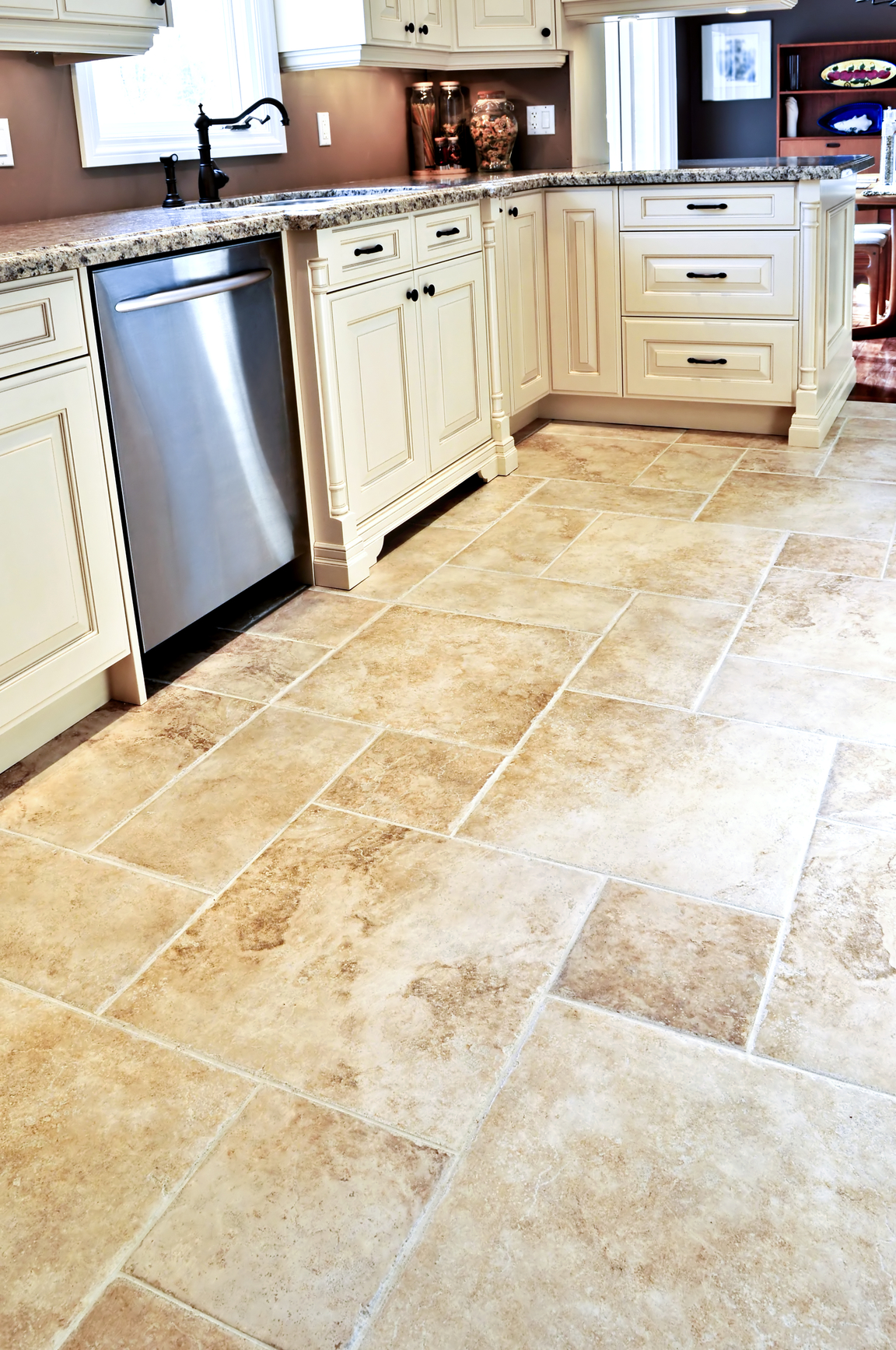Tile flooring is one of the most popular options for kitchen floors due to its versatility, durability and ease of maintenance. Tile flooring can add a touch of style and sophistication to any kitchen and is available in a wide variety of colors, patterns and materials. This article will provide information on the types of tile flooring available, its benefits, and tips for installing tile for kitchen flooring.
Types of Tile For Kitchen Floor
Tile flooring is available in a variety of materials, including ceramic, porcelain, natural stone, and even glass. Each material has its own unique characteristics that should be considered when choosing tile for kitchen flooring. Ceramic tile is an affordable and durable option for kitchen flooring. It is available in a variety of colors and patterns and is easy to clean and maintain. Ceramic tile is resistant to wear and tear, making it a great option for high-traffic areas. Porcelain tile is more expensive than ceramic tile, but is also more durable and stain-resistant. It is available in a variety of colors and patterns and is a great option for kitchens that receive a lot of foot traffic. Natural stone tile is a luxurious option for kitchen floors. It is available in a variety of colors and patterns and is extremely durable and resistant to wear and tear. It is also very easy to clean and maintain. Glass tile is a modern and stylish option for kitchen floors. It is available in a variety of colors and patterns and is very easy to clean and maintain. Glass tile is also very durable and resistant to wear and tear.
Benefits of Tile For Kitchen Floor
Tile for kitchen flooring is a great option for a variety of reasons. It is durable, easy to clean and maintain, and is available in a variety of colors and patterns. Tile flooring is also resistant to wear and tear, making it a great option for high-traffic areas. Additionally, tile flooring is stylish and can add a touch of elegance and sophistication to any kitchen.
Tips For Installing Tile For Kitchen Floor
Installing tile for kitchen flooring can be a daunting task, but it is important to take the time to ensure that it is done correctly. Here are some tips for installing tile for kitchen flooring: • Prepare the surface: Before installing the tile, it is important to make sure the surface is clean and level. If necessary, use a leveling compound to ensure that the surface is even. • Choose the right tile: It is important to choose the right type of tile for the kitchen floor. Consider the type of traffic the kitchen will receive, as well as the desired look and feel of the space. • Use a trowel: When laying the tile, it is important to use a trowel to spread the adhesive evenly and ensure that the tiles are properly adhered to the surface. • Sealing the Grout: After the tiles are installed, it is important to seal the grout to help protect it from staining and moisture. • Clean the surface: After the tile is installed, it is important to clean the surface to remove any excess adhesive or grout.
Conclusion
Tile for kitchen flooring is an attractive and durable option for any kitchen. It is available in a variety of materials, colors, and patterns, and is easy to clean and maintain. Installing tile for kitchen flooring can be a daunting task, but by following the tips outlined in this article, you can ensure that it is done correctly and that your kitchen has beautiful and long-lasting flooring.















Related Posts








